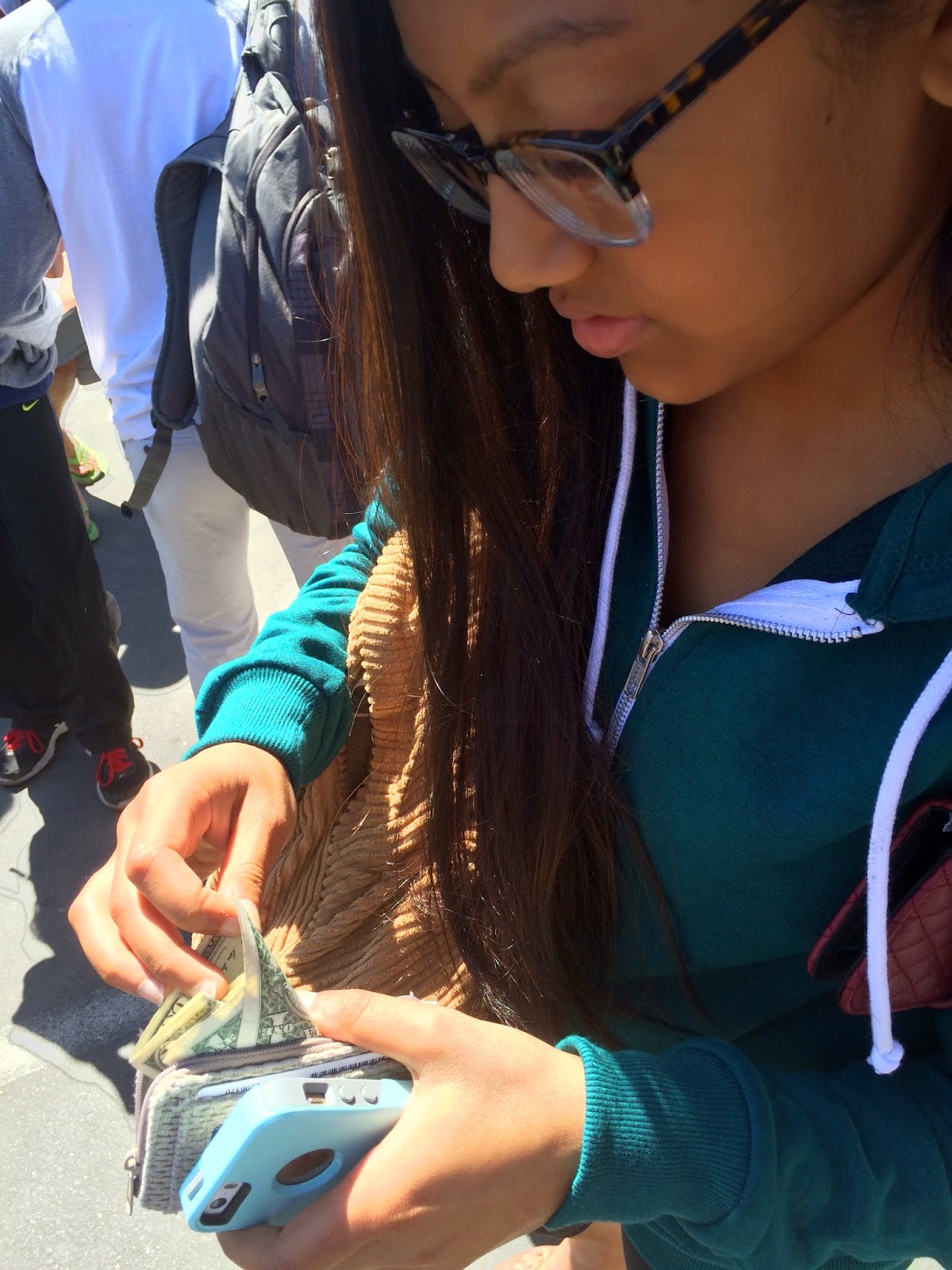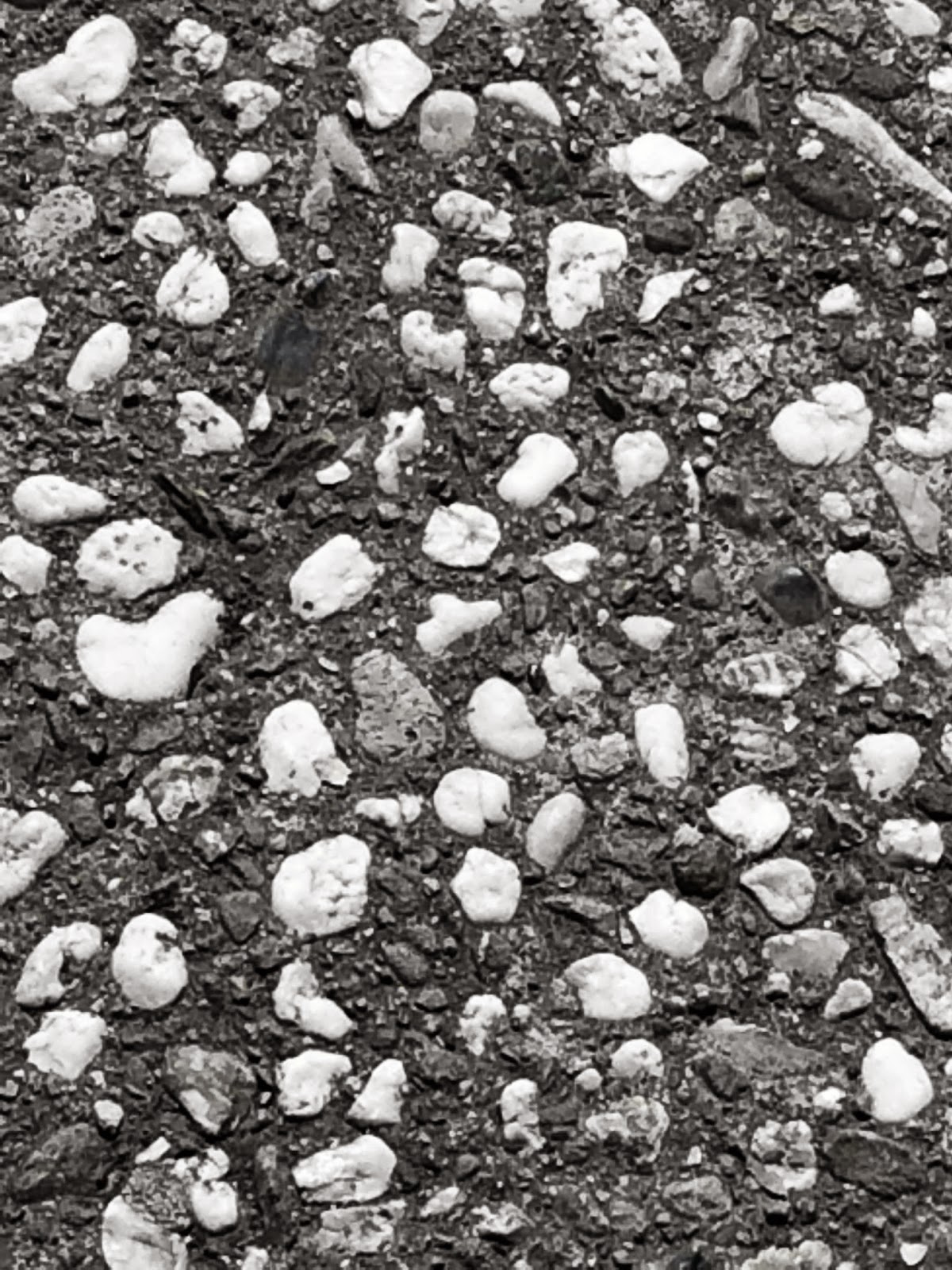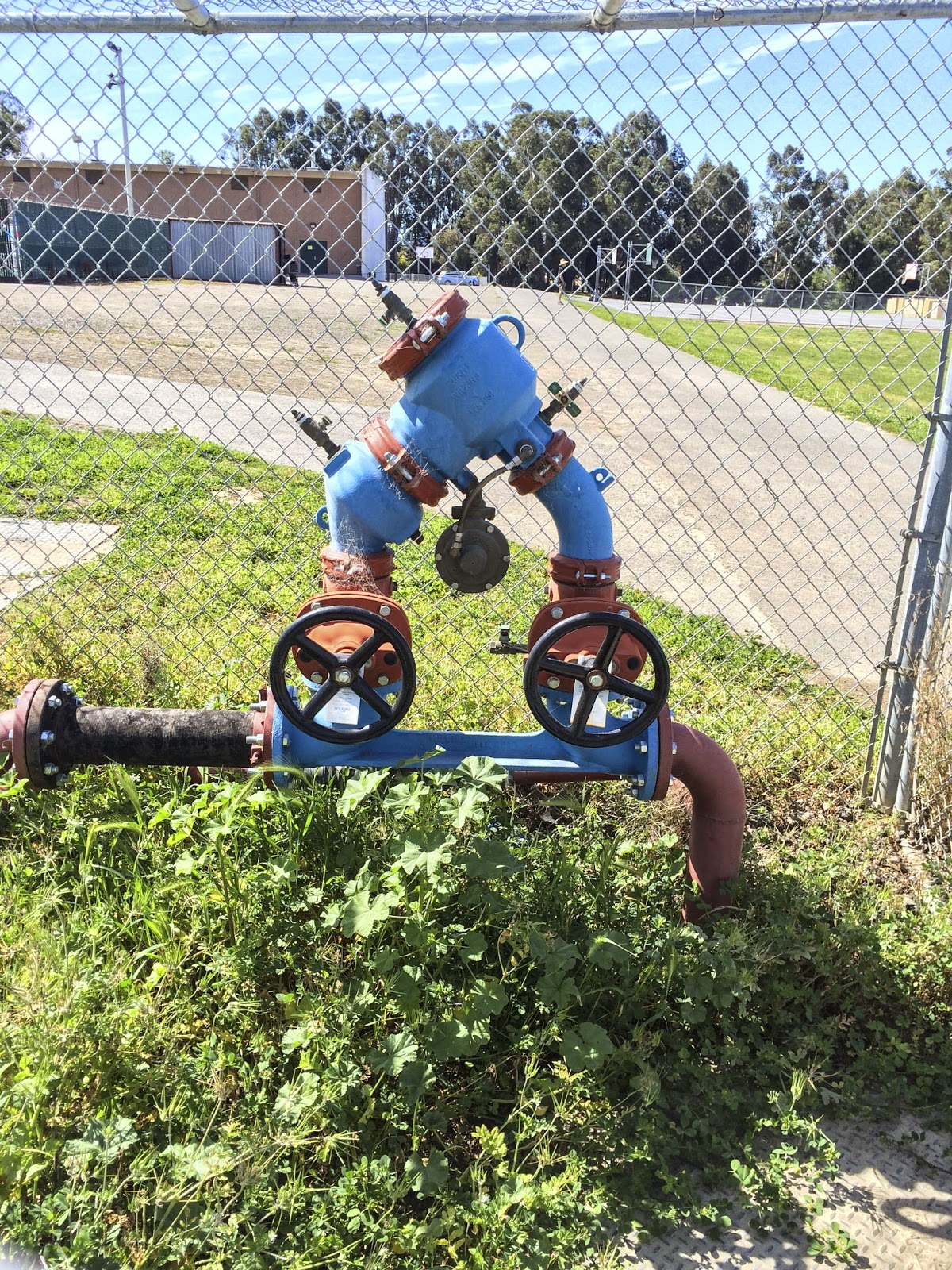This year, I took a photo of Valerie Choung in an arabesque.
This photo changed my perspective of not only photography, but also editing. I learned a lot with this single shot. It took me many tries to get her in the position I needed and a lot of detailed editing to get a clean, white background. After this assignment, I gave a lot more of my attention to detail and took some of my best and favorite photos.
~~~
Shape and form may be noted in a single photo, but they are both very different elements. Shape is two-dimensional, and form is three-dimensional. In my "Element of Shape" photo, you can see the shape of the leaf in 2-D. In my "Element of Form" photo, you can see the many shapes that make up the blooming, 3-D flower. Since all photos are 2-D, it is the light and shadows that make form prominent in a photo.
~~~
Repetition is the repeating of something once or twice; any more than that makes a pattern. Wherever there is a pattern, there is repetition. In my "Principles of Design: Repetition" photo, there is a visible pattern, but as a photographer, for this particular assignment, I was focusing on the two lights on either side, the yellow lines of the stairs, and the two columns/poled on either side of the door. In my "Principles of Design: Pattern" photo, there are many patterns. The most eye-catching for me is the blue, red, and white pattern created by the flags. There is also the green and white pattern on the lane dividers, the border of the pool, and the texture of the wood.
~~~
This is my Weebly About page: http://nehasaxena-dp.weebly.com/about.html.
I was inspired by Nick Onken's About page.
~~~
My last three projects were:
First Commercial Shoot
Spring Expo
Last Project
My best was the Spring Expo, because, for one, it was the least rushed from the three for me. I also kept the rules of composition in mind with my photos. I included the use of shadows, by experimenting with the lighting, and I got close. I captured form really well in four of the photos, and in one (the silhouette), I incorporated the element of shape. After this project, I paid more attention to shadows and the element of form. This changed me, because before, I didn't realize the difference a shadow or different placement of light would make on the same photo. I learned to look at light very differently.
 |
| Valerie Arabesque |
~~~
Shape and form may be noted in a single photo, but they are both very different elements. Shape is two-dimensional, and form is three-dimensional. In my "Element of Shape" photo, you can see the shape of the leaf in 2-D. In my "Element of Form" photo, you can see the many shapes that make up the blooming, 3-D flower. Since all photos are 2-D, it is the light and shadows that make form prominent in a photo.
~~~
Repetition is the repeating of something once or twice; any more than that makes a pattern. Wherever there is a pattern, there is repetition. In my "Principles of Design: Repetition" photo, there is a visible pattern, but as a photographer, for this particular assignment, I was focusing on the two lights on either side, the yellow lines of the stairs, and the two columns/poled on either side of the door. In my "Principles of Design: Pattern" photo, there are many patterns. The most eye-catching for me is the blue, red, and white pattern created by the flags. There is also the green and white pattern on the lane dividers, the border of the pool, and the texture of the wood.
~~~
This is my Weebly About page: http://nehasaxena-dp.weebly.com/about.html.
I was inspired by Nick Onken's About page.
~~~
My last three projects were:
First Commercial Shoot
Spring Expo
Last Project
My best was the Spring Expo, because, for one, it was the least rushed from the three for me. I also kept the rules of composition in mind with my photos. I included the use of shadows, by experimenting with the lighting, and I got close. I captured form really well in four of the photos, and in one (the silhouette), I incorporated the element of shape. After this project, I paid more attention to shadows and the element of form. This changed me, because before, I didn't realize the difference a shadow or different placement of light would make on the same photo. I learned to look at light very differently.












































